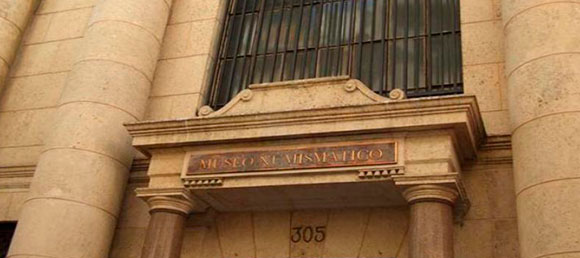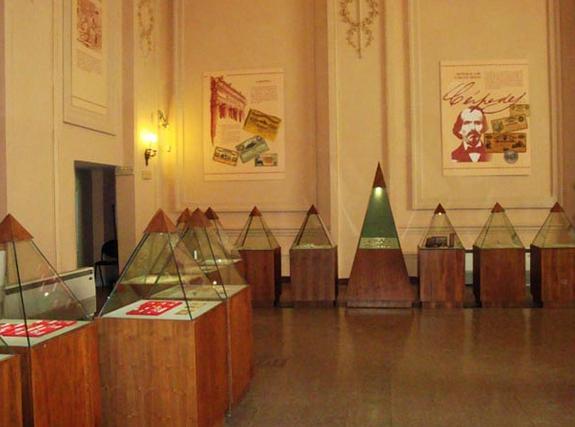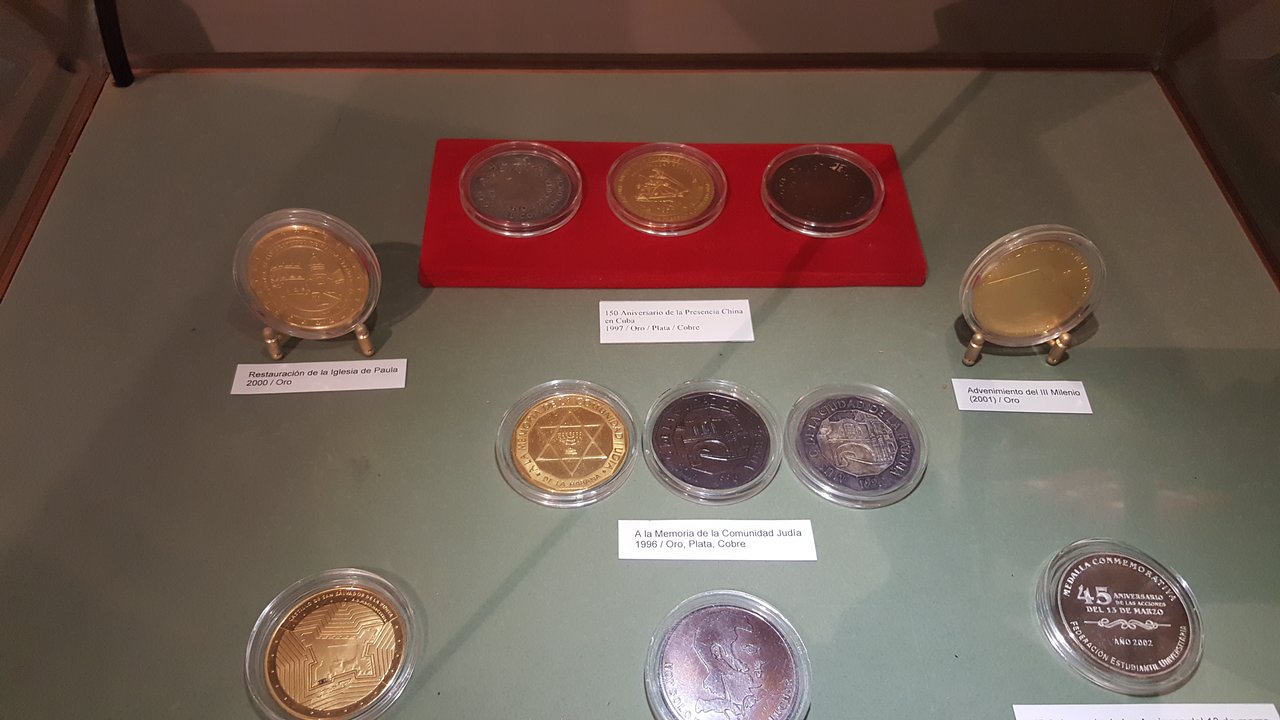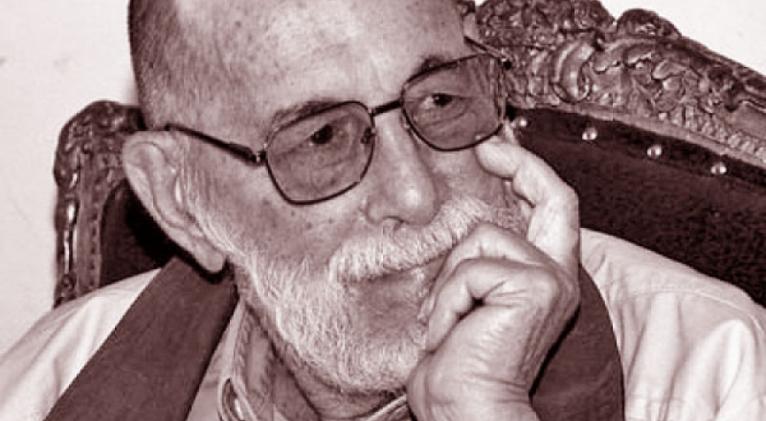Cuba’s Numismatic Museum: A Treasure Trove of History and Value

The wealth of artifacts displayed in the three exhibition halls of Cuba’s Numismatic Museum is nothing short of extraordinary. Nestled within the architectural splendor of Old Havana in the city’s historic center, the museum is a true gem.
Despite its significance, many Cubans and foreign tourists have yet to visit this institution, often citing a lack of familiarity with numismatics. However, the museum’s treasures extend far beyond the scope of coins and currency, offering visitors a profound glimpse into history and culture.
A visit to the museum is both fascinating and educational, as it preserves with great dedication and scholarly rigor items of immense historical importance for current and future generations.

Among the museum’s most notable exhibits are the first coins minted by royal decree of the Catholic Monarchs in the Americas, a chest containing over 100 U.S. gold coins, and historic banknotes signed in 1869 by Carlos Manuel de Céspedes, the first president of the Republic of Cuba in Arms.
These banknotes represent a pivotal moment in Cuban history. Just two months after the Declaration of Independence at la Demajagua, Céspedes began organizing the creation of a national currency to bolster the legitimacy of the Republic in Arms.
On December 20, 1868, at the headquarters of the Liberation Army, the issuance of bonds and paper currency was initiated. The first series of banknotes for the Republic of Cuba in Arms was printed in New York between May and June 1869, later arriving in Cuban territory through periodic shipments.

A month later, on July 9 of the declared Second Year of Independence, the printing of paper currency was authorized in the nascent republic. This date was subsequently established as Cuban Numismatics Day, and Carlos Manuel de Céspedes was recognized as the founding father of Cuban numismatics.
The museum carefully safeguards many other significant moments from Cuba’s past and present. Its exhibits offer insight into the nation’s most important historical events through the lens of numismatics. This is made possible by the dedicated efforts of the museum’s directors, curators, and staff, who strive to provide visitors with precise and well-researched information.
Over the decades, the institution has maintained a strictly scientific approach, organizing its collection with meticulous technical and material care. This work has provided historians and enthusiasts with access to lesser-known aspects of Cuban history, making the museum an invaluable resource for scholarly research.
This cultural institution, widely acclaimed for the quality of its work—including its community outreach programs—houses over 162,000 artifacts of exceptional value. Its collection features coins made of gold, silver, and other metals, as well as banknotes and coins from around the world.
The museum’s holdings include not only Cuban pieces but also rare and ancient items from private collections and unique mintings from different eras. These treasures make the Numismatic Museum a cultural landmark with much to offer its visitors and a source of immense pride for the nation.
Translated by Luis E. Amador Dominguez



